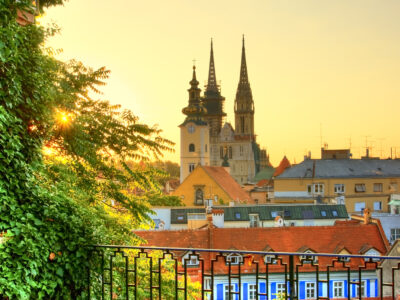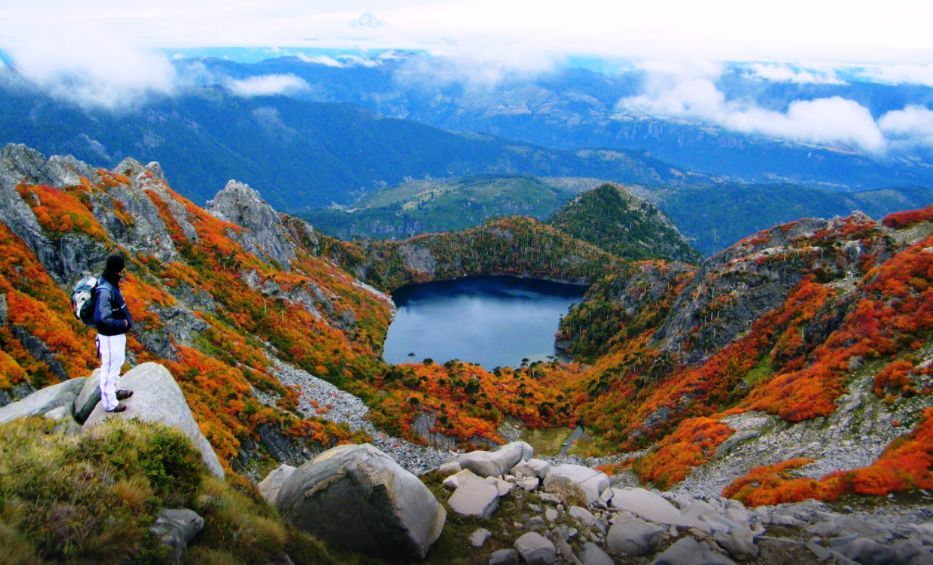
Indian tourists who sail for a lengthy South American voyage make no mistake and cover the top sites of Chile. It would take only 22 hours of flying time and then the layover time can be added. Far from India, this exotic country deserves a little more time than just for tick marks on the list. The latest trend shows Indian tourists who love extreme adventure, or want to witness the unparallel beauty of natural wonders, set out for Chile as part of the South American odyssey.
Situated within the Pacific Ring of Fire, Chile stretches over 4,300 km north to south, but only 350 km at its widest point east to west. This has left a remarkable variety on Chile’s climate and landscape. Riding high on adventure and nature-driven travel, ecotourism in Chile has experienced sustained growth over the last few decades. The country has 14 natural monuments, 36 national parks, 10 biosphere reserves, 52 natural reserves, 39 sanctuaries of nature, and 12 Ramsar wetlands, mainly in the extreme parts of the country.
The main attractions for tourists are places of natural beauty situated in the extreme zones of the country, which are majorly classified in the three regions. The northern Atacama Desert, the driest desert in the world is the home of famous Chinchorro Mummies, the oldest examples of artificially mummified human remains, buried up to 2,000 years before the Egyptian mummies. The relatively small Central Valley, which includes capital city Santiago, dominates the country in terms of population and agricultural resources. Southern Chile is rich in forests, grazing lands, and features a string of volcanoes and lakes. The southern coast is a labyrinth of fjords, inlets, canals, twisting peninsulas, and islands.
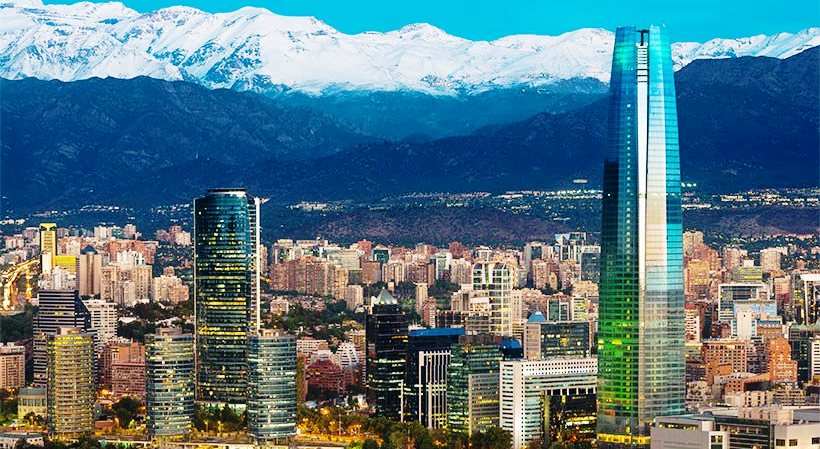
Santiago
However, tourism is concentrated mostly in the summer (December to March), and mainly in the coastal beach towns. Arica, Iquique, Antofagasta, La Serena and Coquimbo are the main summer towns in the north, and Pucón on the shores of Lake Villarrica is the main town in the south. Because of its proximity to capital Santiago, the coast of the Valparaíso Region, with its many beach resorts, casino, and Viña del Mar, its annual international song festival, the most important musical event in Latin America receives the largest number of tourists. Pichilemu in the O’Higgins Region is widely known as South America’s one of the best surfing spots.
Arica is a coastal city with beautiful beaches and is also a starting point for the travellers heading east to Putre for enjoying the majestic Puna landscape of Lauca National Park. Southward from Lauca, Volcán Isluga National Park includes ceremonial sites for the Aymara tribe. The altiplano of Norte Grande has a wide variety of natural scenery including salt flats, volcanoes, lakes and geysers. Inland from Iquique, the desolate pampas are home to a few scattered towns and villages. Among those, the most interesting is the ghost town of Humberstone, declared World Heritage by UNESCO in 2005. Pan de Azúcar National Park is a unique park where sea and desert meet.

Atacama Desert
The Atacama Desert in the north and the Andes Mountains in the east are barriers that have led to the isolation of flora and fauna in this country, adding to the enormous strip-like length with a wide range of climates and environments, and as a result, Chile’s biodiversity has exceptionally scaled up with a lot of endemism and distinctiveness than its neighbouring countries. Not only influencing the flora; Chile’s geographical isolation has also shaped many South American animals which can only be spotted here. Among the larger mammals are puma or cougar, llama-like guanaco, fox-like chilla and small deers called pudu.
The main Chilean attractions are the long coast, the Andean ski resorts, the mountains and volcanoes, and the islands and archipelagos, including the Easter Island. The Easter Island is most famous for its nearly 1,000 extant monumental statues, called Moai, created by the early Rapa Nui tribe. In 1995, UNESCO named Easter Island a World Heritage Site, with much of the island protected within Rapa Nui National Park.

Apart from the national capital itself and its many attractions, the metropolitan region surrounding Santiago includes several attractions such as the Cajón del Maipo, Pomaire, and some of the oldest vineyards in the country, as well as various archaeological sites.
Zona Austral is a premier destination for ecotourism and adventure travel. It is home to countless islands and islets, a maze of steep-sided fjords and channels, large glaciers and ice-fields and unspoilt temperate rainforests. Turbulent rivers descend from the Andes, chief of those being the Futaleufú River, which is widely considered as one of the world’s most challenging rivers for whitewater kayaking and rafting. Other opportunities for outdoor recreation, include hiking, cycling, sea kayaking and flyfishing. Chiloé is characterised for having a rolling green countryside but is better known for its remarkably temperate rainforests, strange wooden architecture, and rich culture full of folklore, myths and traditions.
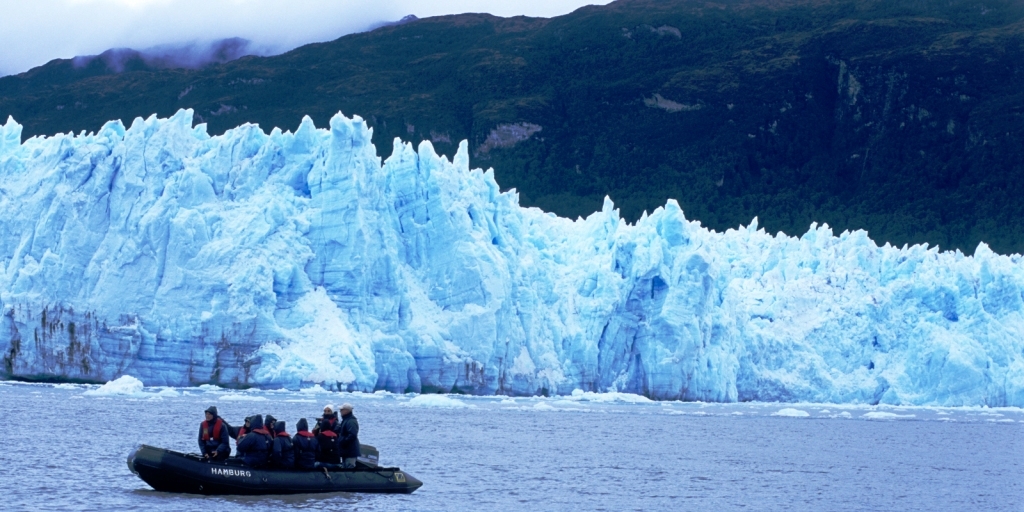
Glacier Pío XI
In the ice fields, the Glacier Pío XI is the longest glacier in the southern hemisphere outside the Antarctic, and one of the few advancing glaciers in the world. The sprawling glaciers of the Cordillera Darwin, which is contained within Alberto de Agostini National Park, are reachable only by boat. Other typical destinations are Puerto Williams and Cape Horn.
The Juan Fernández archipelago is known for its jungles and endemic flora, formed by the islands Robinson Crusoe, Santa Clara and Alexander Selkirk. The geological origin of these islands is volcanic and their subtropical weather is rainy. The varied outdoor activities that can be performed here include hiking, horseback riding, snorkelling, spearfishing, etc. The Juan Fernández Islands are also known for being inhabited by Alexander Selkirk, the man who inspired the novel Robinson Crusoe. In order to promote ecotourism the islands are made accessible by both air and sea routes.
The influence of nature on Chilean cuisine is no exception as it reflects the country’s topographical variety, featuring an assortment of seafood, beef, fruits, and vegetables. Traditional recipes include Asado, Cazuela, Empanadas, Humitas, Pastel de Choclo, Pastel de Papas, Curanto and Sopaipillas. Crudos is an example of the mixture of culinary contributions from the various ethnic influences in Chile. The raw minced llama, heavy use of shellfish and rice bread were taken from native Quechua Andean cuisine, lemon and onions were brought by the Spanish colonists, and the use of mayonnaise and yogurt was introduced by the German immigrants, as was beer.
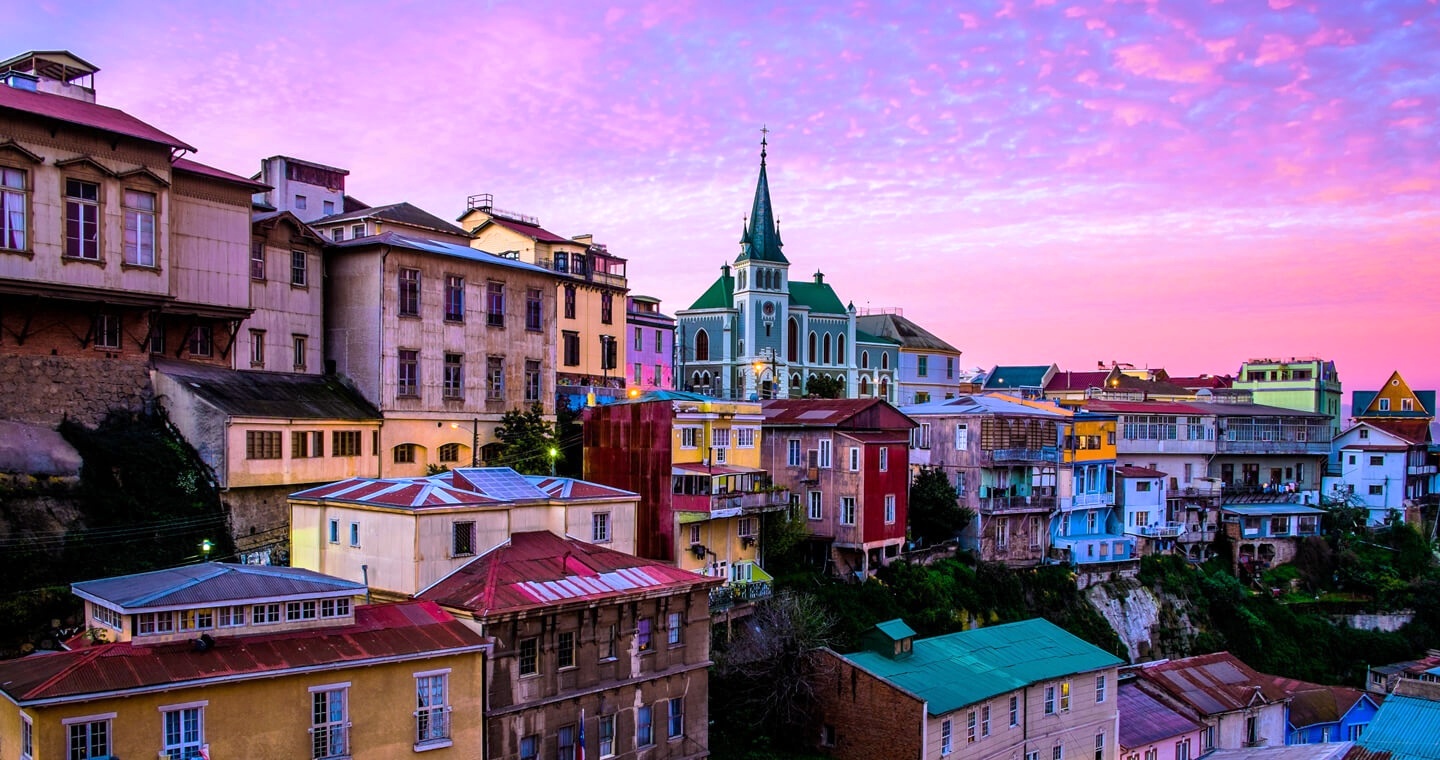
Valparaiso
This country is not only rich in biodiversity but also a fast-developing one among the South American nations with political and economic stability (One INR = 9.99 CLP, Chilean Peso), a rare case in the region. With an extreme focus on ecotourism and responsible adventure travel, awarded many times as one of the ‘Best Ethical Destinations’ based on the benchmarks such as environmental protection, social welfare, and human rights, Chile is a well-protected playground of mother nature at the other end of the world.











